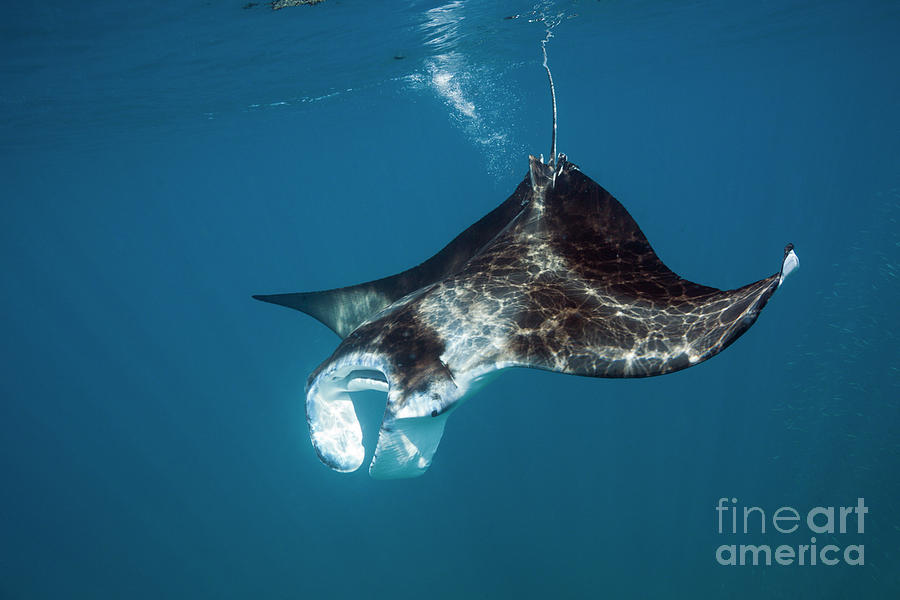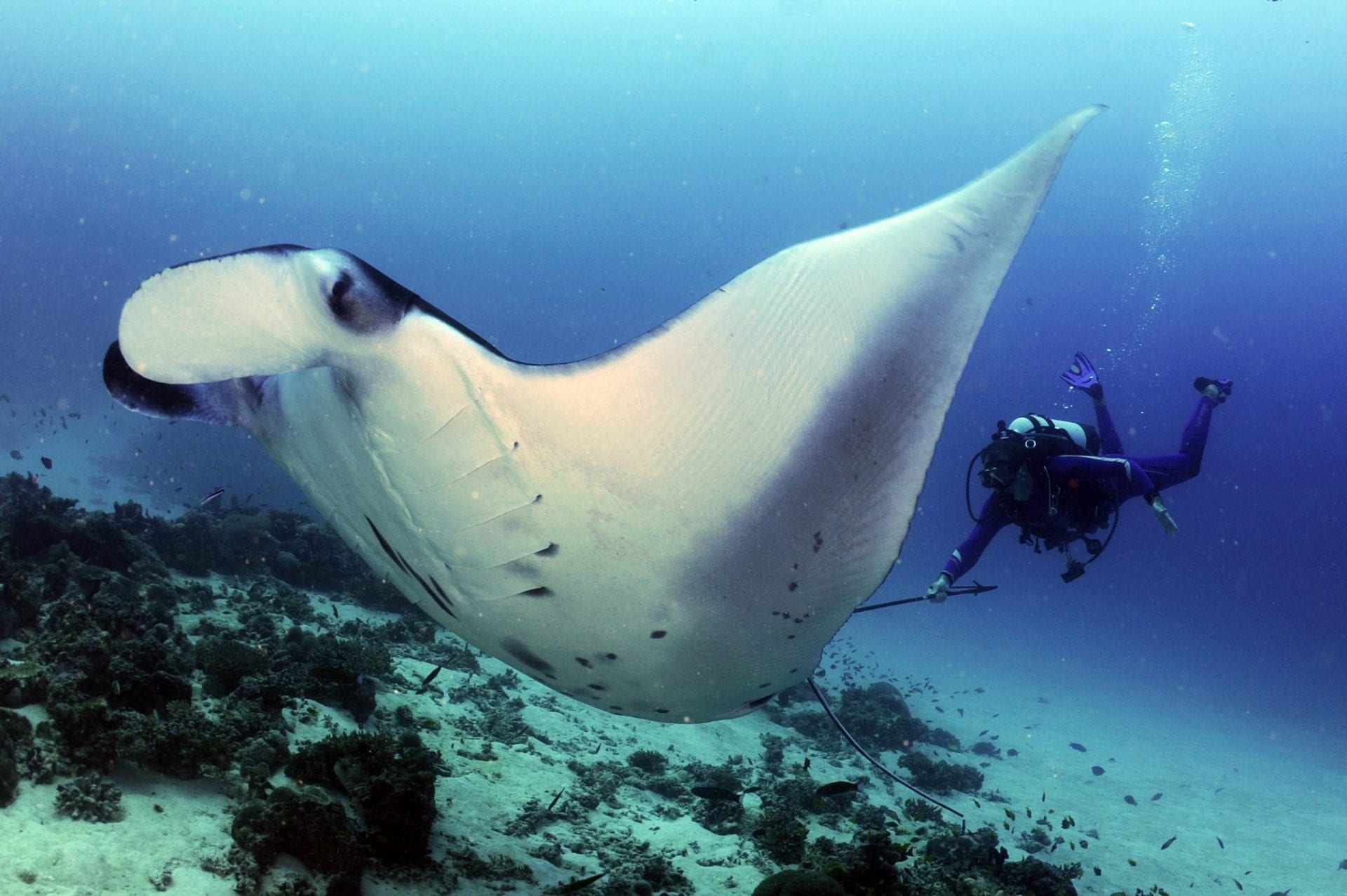
I remember taking my parents (age 80 and 74) swimming with Mantas while a squall was dumping rain on us, and underwater it was perfectly calm and beautiful!Īnother memorable experience with Mantas was Sabrina’s first freedive in 3 years after battling an ear injury: it was simply sublime. We often swim with Mantas in “cleaning stations” where they circles slowly as tiny wrasse fish clean them of parasites (this is a common practice by many large fish, including sharks and groupers). Since we arrived in French Polynesia we’ve had the great fortune to spend hours watching Mantas. Mantas are the ballet dancers of the sea voyagers of the oceans playful and delightful beings. How many huge creatures remain calm and comfortable as you swim 3 feet away? (The Whale Shark is another incredibly graceful animal). I have incredible admiration for Manta Rays.

These cleaning stations play a key role in the lives of the mantas, acting as important social gathering points.Īge at maturity: Females 15 years and Males 10 yearsĭistribution: Indo-West Pacific, to 32 N (Shikoku, Japan and Red Sea, Egypt) and 30 S (Margarete, South Africa and New South Wales, Australia).Video originally posted to our Patreon page, which includes some fun facts about Mantas. These cleaner fish are looking for parasites lodged in the mantas mouth´s, gills, and on their skin. Reef mantas spend much of their time visiting cleaning stations on coral reefs, allowing small fishes to scour every surface of their bodies for morsels of food. Reef mantas frequent the relatively shallow waters along the coastal reefs of continents and oceanic islands, these smaller mantas are highly social and often resident to a specific home range, migrating around these areas as they follow changes in the seasonal abundance of their planktonic food source. Oceanic Manta Ray appear to spend much of their time in the open ocean away from reefs, diving hundreds of meters into the deep scattering layer to find their zooplankton prey.įor specific information about their location and sightings please visit the Manta Trust hotspots page.ĭistribution: Found circumtropical in all oceans to 40 N (New Jersey, USA, and Honshu, Japan) and 40 S (northern Tasmania, Australia).Īge Maturity: unknown, but likely to be similar to Reef Manta Ray.

The Oceanic Manta Ray is the largest ray species in the world, growing to a much larger size than its reef relative, with a disc width up to 700 cm (ft 23) in extremely large specimens, although the average size for most individuals encountered is usually around 4-5 meters.

Mexico protection: NOM-059-SEMARNAT-2010 under the category of Special Protection. Unlike in Oceanic Manta Rays, where the black T-shaped head marking extends down through the back to join the rest of the black-coloured body, maintaining a roughly even width throughout, in the Caribbean Manta the lower tail of the T tapers together towards the bottom where it joins the back.Īge of maturity: Similar to Reef and Oceanic Mantasĭistribution: Found throughout the Caribbean Sea and the Gulf of Mexico, its range possibly extending further throughout the Atlantic OceanĪge Maturity: unknown, but likely to be similar to Reef and Oceanic Manta Ray. The coloration dorsally is a cross between de reef and oceanic mantas. The putative Caribbean Manta Ray is smaller than its oceanic cousin and more similar in size to the Reef Manta Ray. However, although recent genetic analysis supports a degree of separation between these two groups, these remains uncertainly on the validity of this proposed speciation. It may well therefore be that some of the pioneering Oceanic Manta Ray that crossed the open ocean to the Caribbean found plentiful sources of food along the inshore reefs and began to diverge into a new species- essentially, nature replicating the evolution of Reef Manta Ray again. birostris¨ appears to occupy a similar niche to the Reef Manta Ray. This putative species ¨Caribbean Manta Ray Mobula cf.

Throughout the reef habitats of the Caribbean Sea and Gulf of Mexico there occurs a proposed third species of manta ray that is sympatric to the ocean manta ray in this region.


 0 kommentar(er)
0 kommentar(er)
